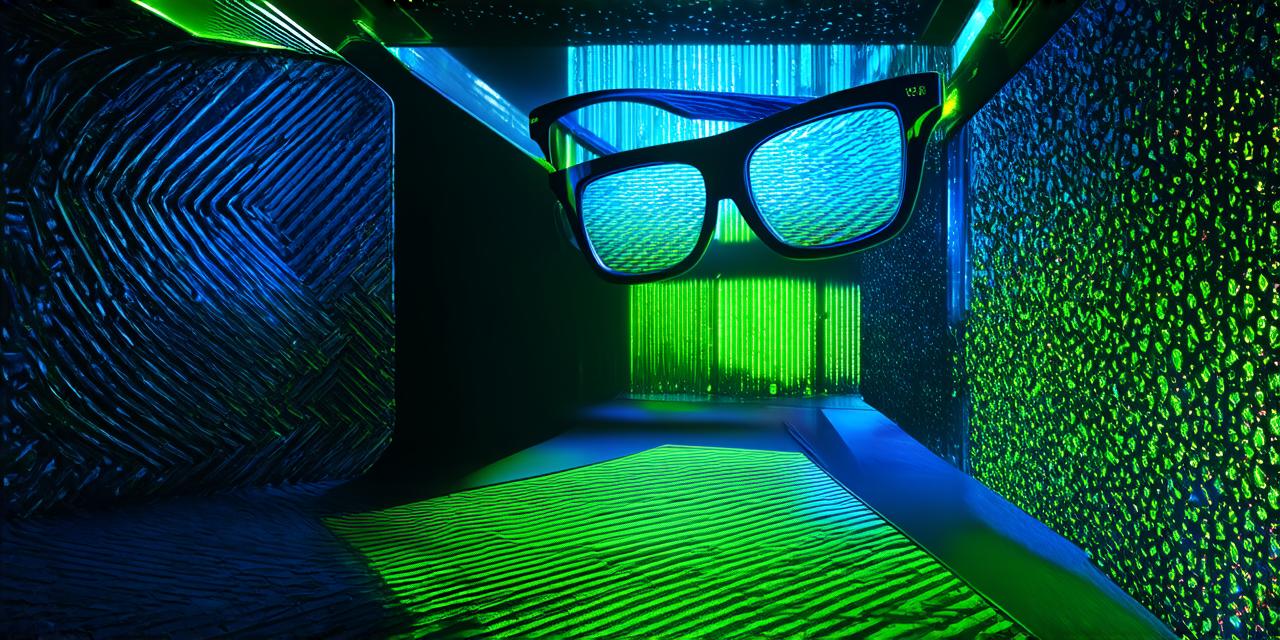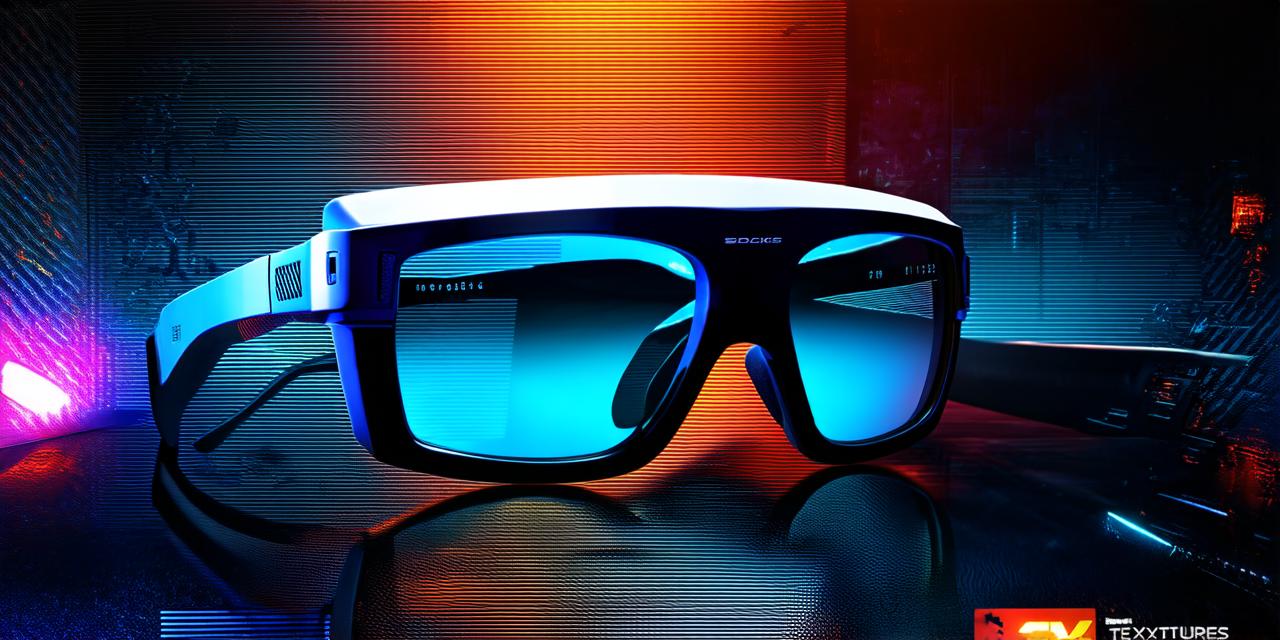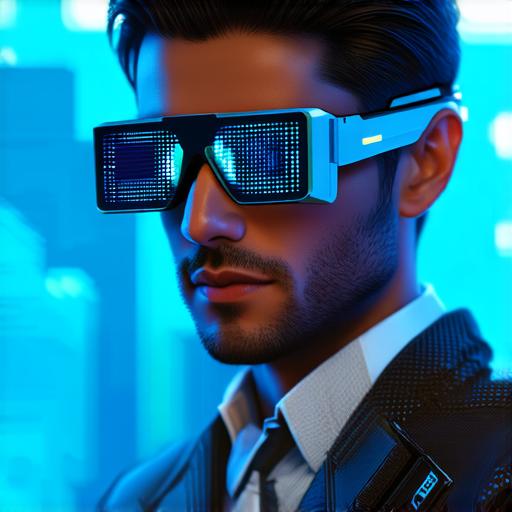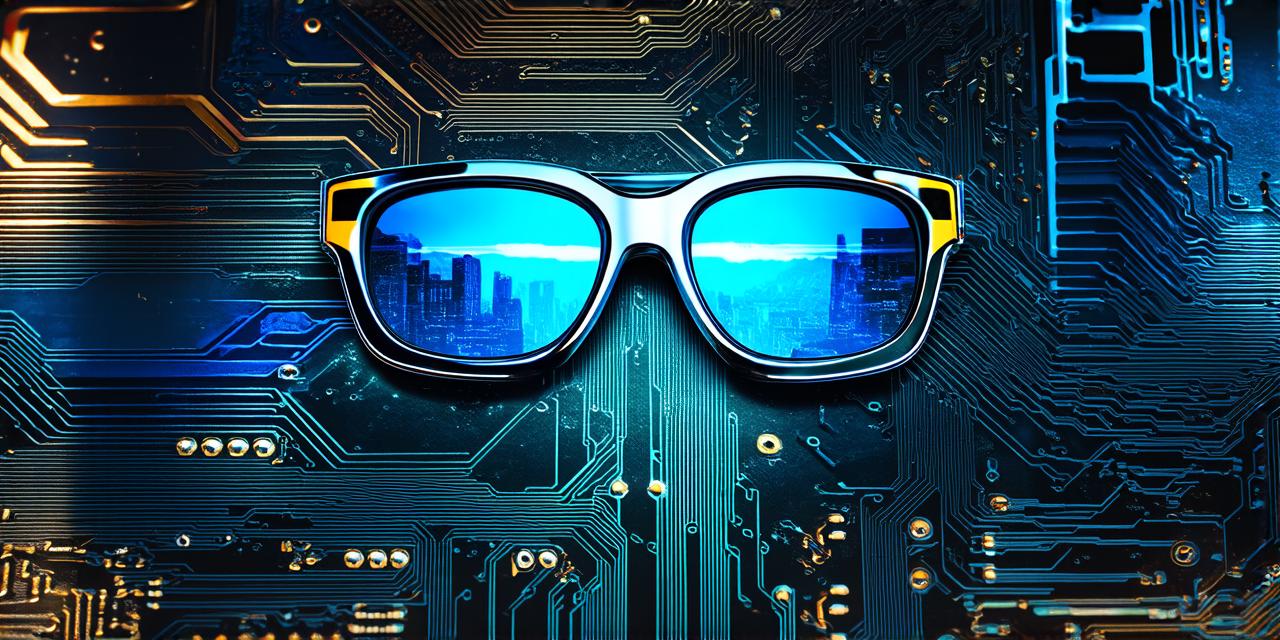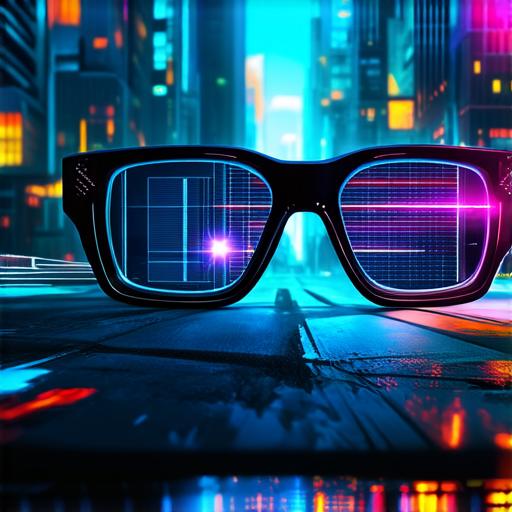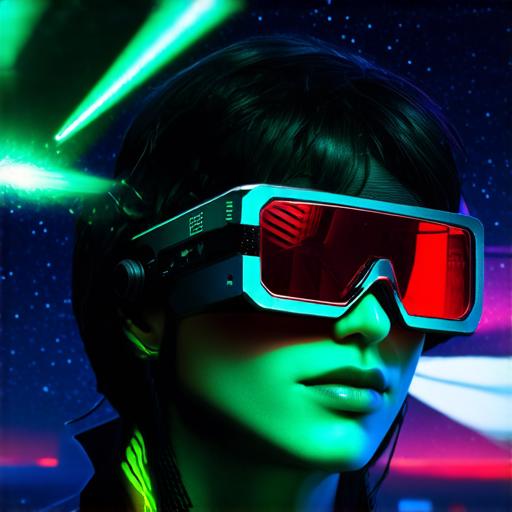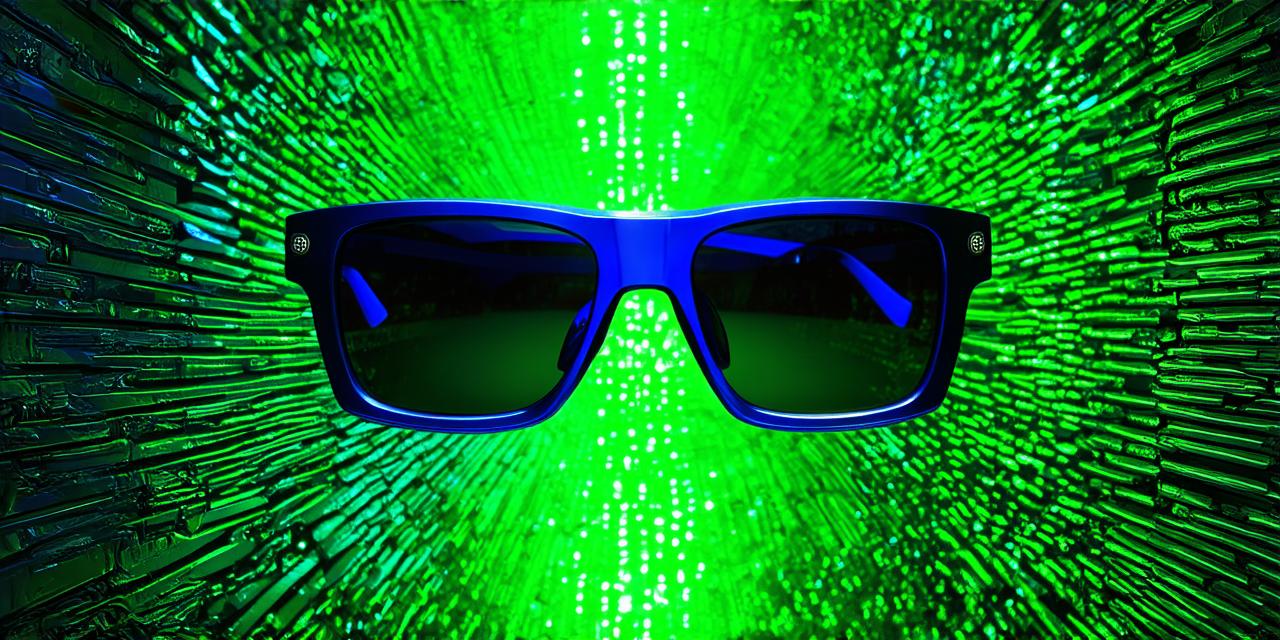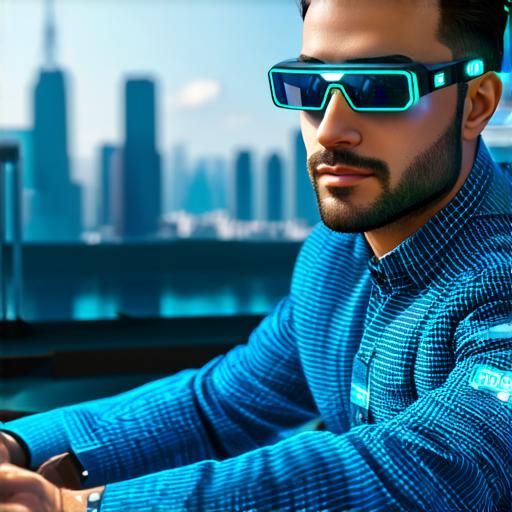How does Pokémon Go serve as an example of augmented reality?
What is Augmented Reality?
Augmented reality (AR) is a technology that overlays digital information over the real world. This can include images, videos, sounds, and even interactive elements, creating an immersive experience for the user. AR has been around for decades but has only recently become mainstream due to advancements in mobile technology and the proliferation of smartphones.
Pokémon Go and Augmented Reality
Pokémon Go is a popular mobile game that was released in 2016 by Niantic, a company that specializes in AR technology. The game allows players to catch virtual creatures called Pokémon by traveling around the real world and interacting with their environment. For example, if a player walks past a park, they might see a Pikachu hiding in a tree or a Bulbasaur standing on a bench.
The game uses AR technology to create an immersive experience for players. The virtual creatures are superimposed over the real world, creating an interactive and engaging experience that encourages players to explore their surroundings. This is achieved through the use of sensors on smartphones, which can detect the player’s location and orientation in the real world, allowing the game to accurately place virtual objects in the environment.
Impact of Pokémon Go

Pokémon Go has had a significant impact on the AR industry, with millions of people downloading the game and engaging with its augmented reality features. The game has also inspired other companies to explore the potential of AR technology, leading to the development of new and innovative applications in fields such as education, healthcare, and marketing.
One of the key factors that contributed to the success of Pokémon Go was its ability to tap into existing cultural phenomenon, the Pokémon franchise. The game was able to leverage this brand recognition and fan loyalty to attract a large audience, which helped to drive downloads and engagement. Additionally, the game’s use of gamification elements, such as collecting virtual creatures and leveling up, made it highly addictive and engaging for players.
Another factor that contributed to the success of Pokémon Go was its ability to leverage location data and create a sense of place. By superimposing virtual objects over real-world environments, the game was able to create an immersive experience that encouraged players to explore their surroundings and engage with their environment in a new way. This has since inspired other companies to explore the potential of AR technology for enhancing the user experience in physical spaces.
Comparing Pokémon Go to Other AR Applications
There are many other examples of AR applications that have been developed in recent years, including games, educational tools, and marketing platforms. However, none have achieved the same level of success as Pokémon Go. This is largely due to the game’s ability to tap into existing cultural phenomenon and its use of gamification elements to create a highly engaging experience for players.
One example of an AR application that has been developed in recent years is Snapchat, a popular social media platform that allows users to add filters and effects to their photos and videos. While Snapchat does use AR technology, it is primarily focused on creating fun and entertaining filters rather than creating an immersive experience for users.
Another example of an AR application is the Ikea Place app, which allows users to visualize furniture in their home before making a purchase. While this application does use AR technology, it is primarily focused on providing a practical tool for customers to make informed purchasing decisions rather than creating an immersive experience.
FAQs
What is Augmented Reality?
Augmented reality (AR) is a technology that overlays digital information over the real world, creating an interactive and immersive experience for users.
What is Pokémon Go?
Pokémon Go is a popular mobile game that was released in 2016 by Niantic, a company that specializes in AR technology. The game allows players to catch virtual creatures called Pokémon by traveling around the real world and interacting with their environment.

